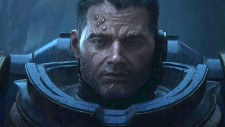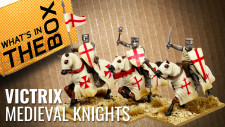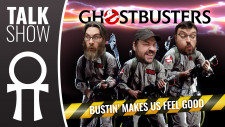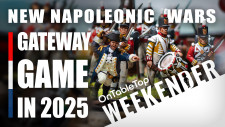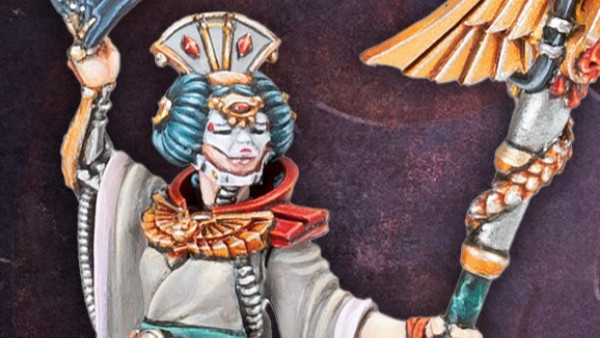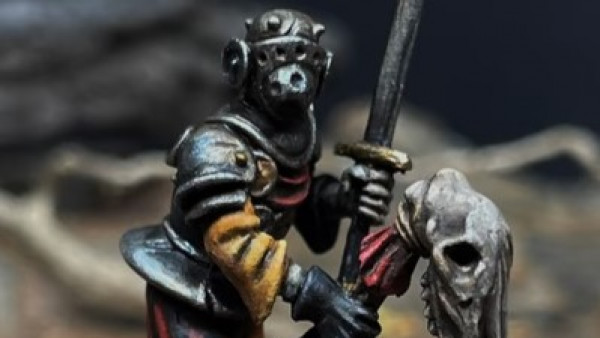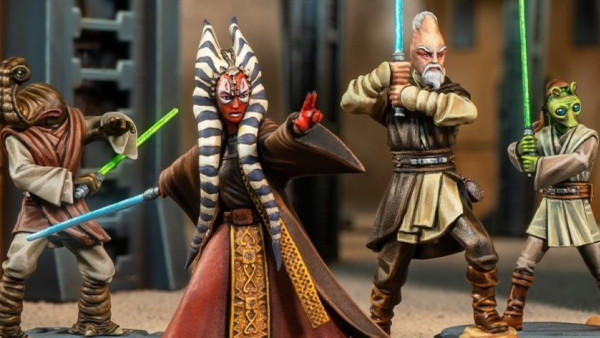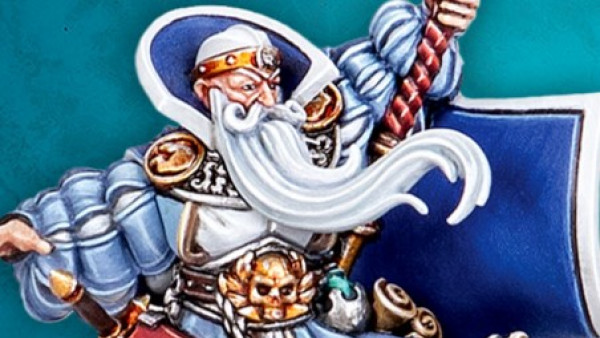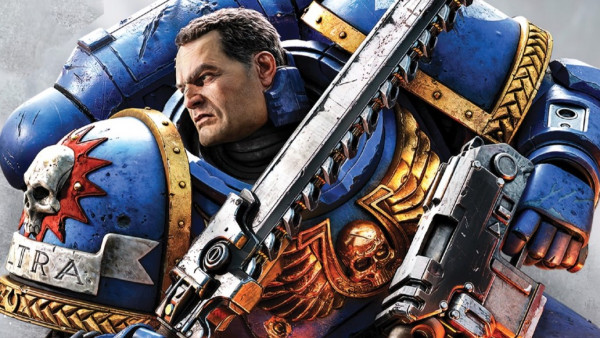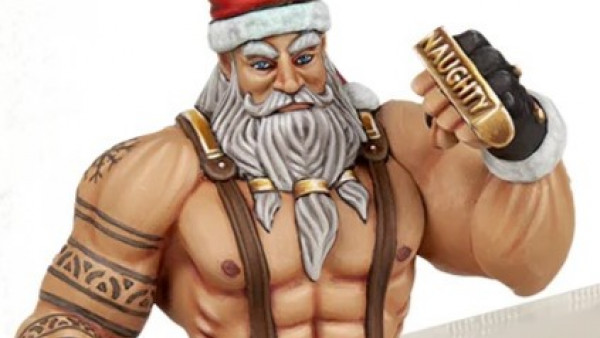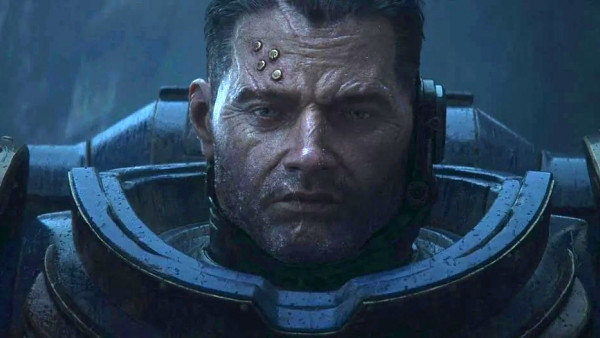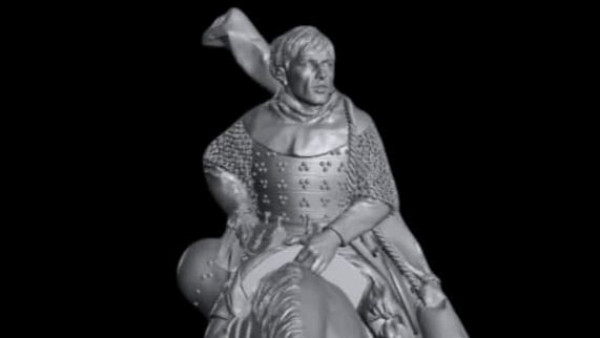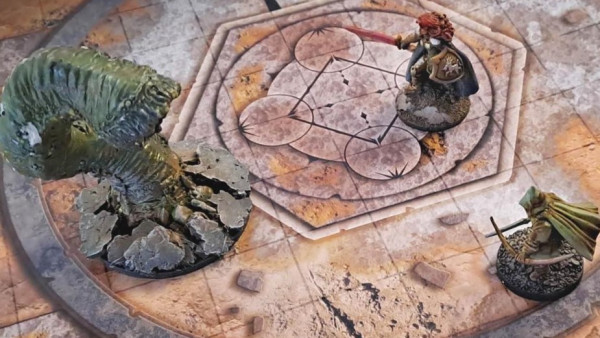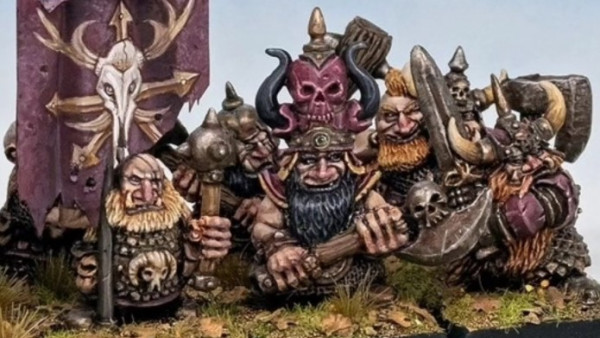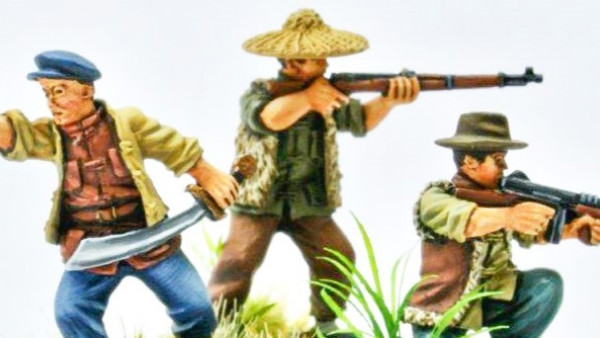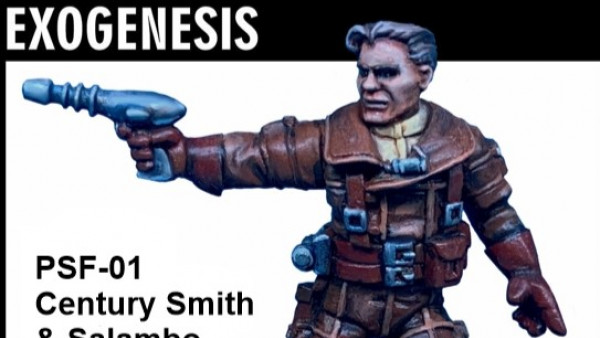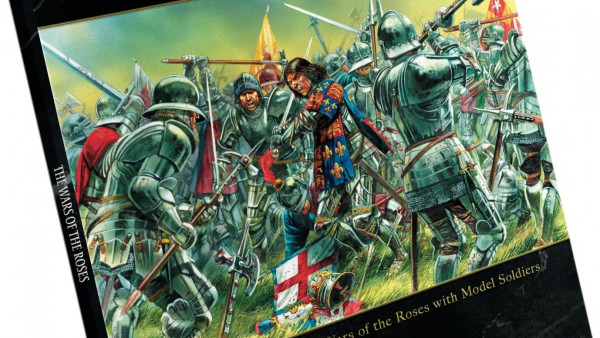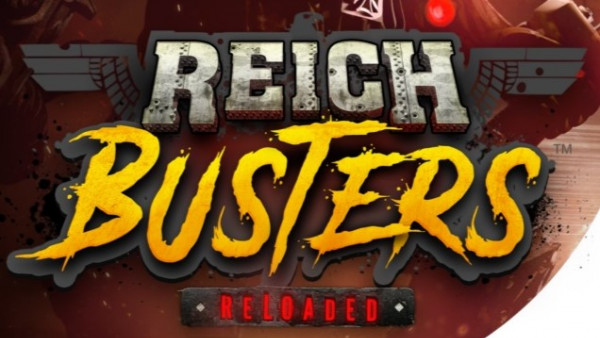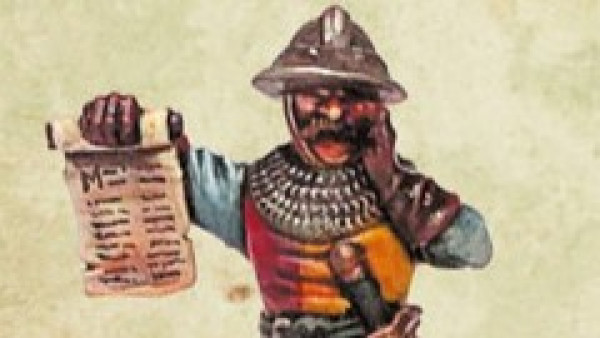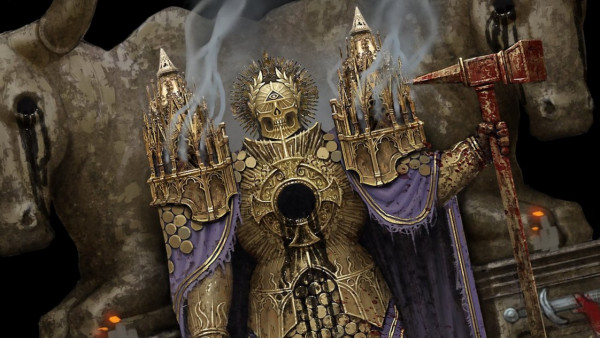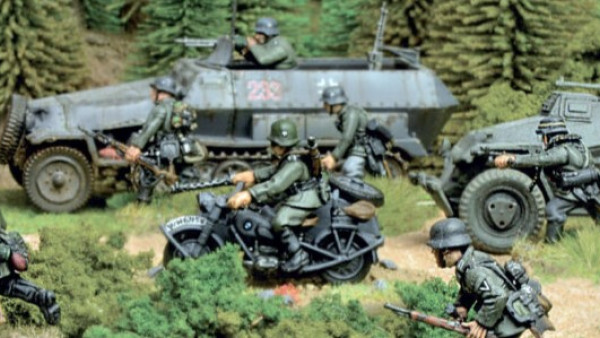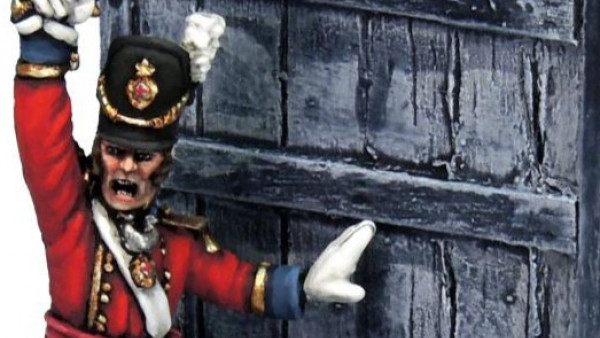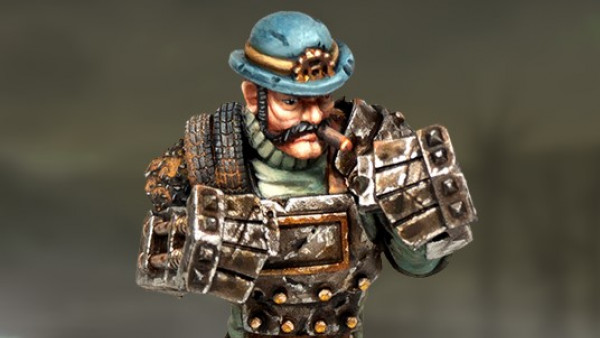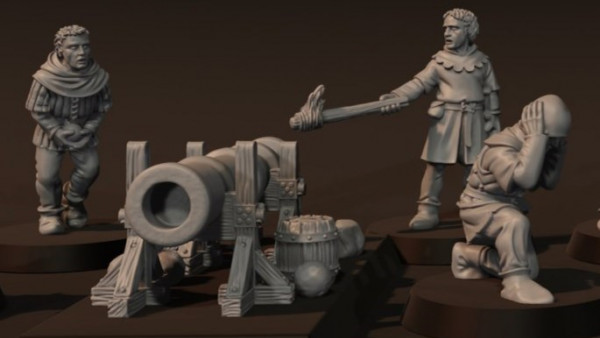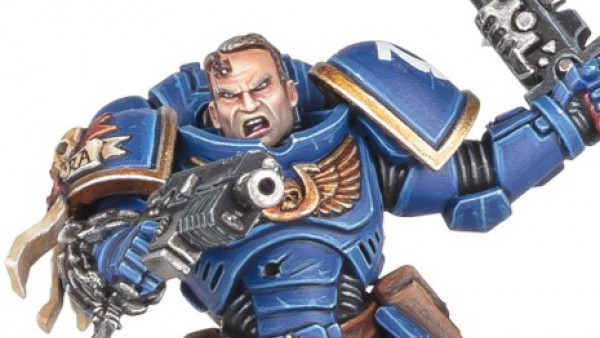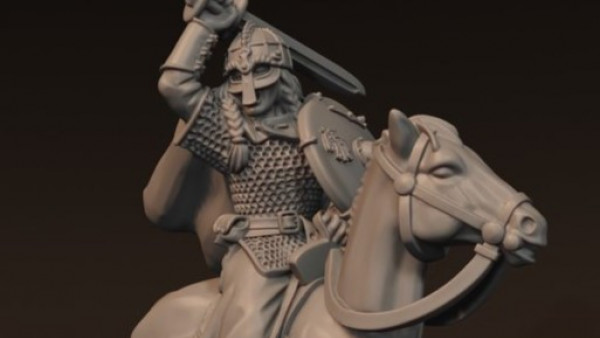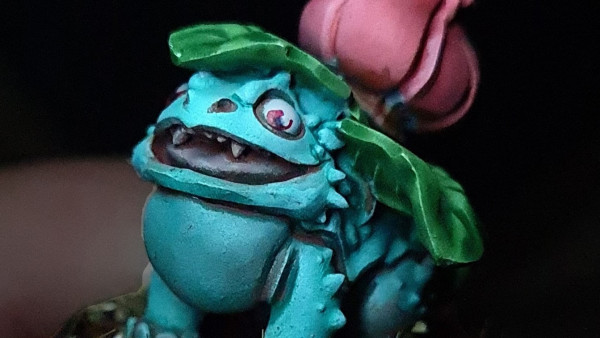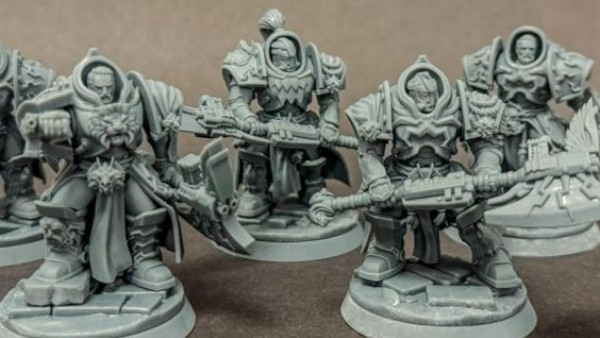Home › Forums › Pulp, Punk, Horror & Weird Tabletop Game Discussions › Silver Bayonet set in North America? Let’s discuss
Related Games:
Related Companies:
Tagged: Silver bayonet
This topic contains 11 replies, has 7 voices, and was last updated by ![]() bobcockayne 2 years, 11 months ago.
bobcockayne 2 years, 11 months ago.
-
AuthorPosts
-
January 9, 2022 at 4:23 pm #1708120
Can you? Sure! It’s your game, do what you want. But would you want to? And how would you do it?
in the Napoleonic era, the US was somewhat aligned with France and fought a war with Britain ( War of 1812. Which actually lasted until 1815). There were Spanish forces in Florida, British forces in Canada and the Ohio valley, French forces in Haiti ( and effectively none in Louisiana) and Russian forces in Alaska.
So there’s definitely potential for gaming in the gaps here!
But how to go about doing it? You could just use the existing army lists and come up with a narrative reason for setting the gothic wars in North America. But how do you represent US forces? The easiest way would to be to choose an army list most similar to the US army. That would probably be the British army as it most influenced American thoughts for the era.
But let me throw out my take by examining each unit entry and see if it would fit in a US list.
Officers – Yes. A core unit and literally the basis of the game. Officers are commissioned by the President and would at this time be mostly veterans of various Indian wars or the Revolution. West Point was founded early in this era in 1803.
Artillerists -Yes. The US artillery was small compared to European forces but it did exist.
Champion of Faith – Maybe? I’m going to say yes. There were a significant number of various evangelical churches in the US and I could certainly see this character in a warband. And chaplains had been an official part of the army since the Revolution.
Dhamphir – No. That’s specific to the Austrians.
Doctor – Yes. Everyone needs a doctor sometimes.
Grenadier – No. There were no Grenadier units in the US army. Narratively you could just say he was simply a more experienced soldier and still include him
Guard – No. There’s no equivalent US formation but again, you could narratively say this is just a veteran soldier.
Heavy Cavalryman – No. The US cavalry was formed and disbanded several times during this era and the the two formations that existed were designated light dragoons.
Highlander – No. While there were a lot of Scots in the US there were no separate Highland units and let’s face it, that’s a unit really associated with the British army.
Infantryman – Yes. The bulk of the US army were infantrymen and while significantly smaller than European forces, were active throughout the period.
Irregular – Yes. Anything from Jean Lafittes Pirates at the battle of New Orleans, to trappers and fur traders, these individuals would be highly useful in the howling wilderness that made up the bulk of North America.
Junior Officer – Yes. See Officer entry above.
Light Cavalryman – Yes. During this period the 1st and 2nd Light Dragoon Regiments were formed, disbanded and merged.
Marine – Yes. Formed in the Revolution, marines continued to serve on US ships.
Native Scout – Yes. Frontiersman or Native American, you’d find these characters working with the regular army as well as our smaller bands in the Silver Bayonet.
Occultist – Maybe? I’m going to lean toward yes.
Rifleman – Yes. Both regular army and frontiersman would have these weapons and individuals skilled in their use.
Sailor – Yes. Small and underfunded, the US Navy had several spectacular successes against the Royal Navy before being eventually bottled up and overwhelmed.
Sapper – Yes. The US army Corps of Engineers performed both military and civil engineering projects during this era and sappers would have come from these units.
Supernatural Investigators- Yes. Kind of a core unit so makes sense to include them here.
Swordsman – No. While saber drills continued until 1943 when the US cavalry was officially dismounted, I just don’t see enough evidence that this would be a viable option. If anyone knows of relevant examples, I’d be interested to learn more.
Tactician – No. seems like a specific Prussian and Austrian trait.
Veteran Hunter- Yes. Another core unit.
I’ll cover monsters later.
Any thoughts or suggestions?
January 9, 2022 at 4:39 pm #1708125How about “Swordsman” for Native Americans? They had close combat weapons after all…
January 9, 2022 at 5:21 pm #1708130I pretty much agree with your list. I would have taken the British list as a basis, and then start to swap soldier classes out on a 1 for 1 basis. For example, scrap the Highlander add in Irregular, remove the heavy cavalry certainly etc.- basically ending up with the same list but from a different approach. I would probably lean towards one of either an occultist or champion of faith, but not both, as for a national identity they seem to be counter to one another – dabbling in the occult is likely rarer if the society has a strong faith.
January 9, 2022 at 5:51 pm #1708143The idea sounds very interesting to game in the gaps with the mechanics. Turning to a different area of the world, like Mythic Americas, does open up more to play with. Keeping the motif of the era the game is to occur as key element is what’s the challenge.
@blipvertus To game in the gaps here could the American faction recruit from others at an increased cost? Mercenaries do tend to come at some price.
Considering N. American stories , thinking back to the comments made of the vampires in the unboxing video and how they might be the aristocracy, could it be a similar situation as was played with like in the movie Abraham Lincoln Vampire Hunter? Perhaps a storyline more like Sleepy Hollow would work? Perhaps the movie The Witch or other folk horror features could help narrative play; are there any?
The timelines don’t match but getting at the heart of the motif really is what the mental exercise is right?
January 9, 2022 at 8:34 pm #1708156If it were me (and Silver Bayonet is something I am most definitely interested in) I would go back to the French and Indian Wars, I think there’s more to go with. You could even go a few years later and do revolutionary war as well, allowing for a US (or proto-US) army. I think there’s more to go at if you go pre-Napoleonic North America.
There is a really rich mythology to work with though in terms of the supernatural
January 9, 2022 at 11:01 pm #1708252@sundancer potentially. Especially if you had a Native force list. I could certainly see that.
January 9, 2022 at 11:03 pm #1708253@scribbs I understand where you are coming from. For the conventional units I tried to err on the side of history. So maybe yes on the Champion of Faith and no on the occultist?
January 9, 2022 at 11:14 pm #1708254@horatioOnoseblOwer the Legend of Sleepy Hollow and legends of the various Indian tribes certainly add to the possible number of creatures to fight. And Warlord Games Mythic America miniatures are part of what inspired me. And you’re right, this is an exercise to see where we could go.
@onlyonepinman I did consider going to the FIW as well as the Texas War of Independence and the Mexican American War and you could well and truly cover anything in the black powder era tough I think the game is more attuned to the flintlock eta specifically.But I also want an excuse to collect some War of 1812 minis so that’s a factor too!
January 10, 2022 at 1:30 pm #1708437Lovely ruleset to read… as i don
t have figures of this period Im making notes on some WW1/WW2 setting… Trying to add “map case” and binoculars into the ruleset in my spare time… and a rule for the radioman, but the rest should playtest fine when i have a free moment..January 10, 2022 at 1:35 pm #1708439You do have the potential with this for encounters with Big Foot/Sasquatch as potential monster or party member(assuming that they are equally freaked out but the wierd and wonderful creaturs brought over from the old World.
January 10, 2022 at 1:45 pm #1708445Forgot to cover the Vivadierie and Werebear. There’s no US equivalent to either and are associated with the French and Russians respectively.
Speaking of were creatures, there are quite a lot of creatures in Native American lore that can transform or are human/animal hybrids. Skinwalkers are supposedly shapeshifters that were medicine men that became corrupted. Just speaking of them will attract their attention. Tah-tah-kle’-ah were giant human/owl hybrids with magical powers. They’d hunt children at night and could mimic human voices.
The Wendigo could also mimic human voices. A huge skeletal beast, there are actually several models available for it. Red Republic makes one for Arena Rex in a roughly 32mm scale and Warlord Games makes one in 28mm for their Mythic America range.
In fact, the Mythic America range has a lot of really interesting models including the giant serpent Quetzalcoatl, human/spider hybrids known as Spider Sisters and Sasquatches (aka Big Foot) plus several others.
Just doing even a casual internet search lead to a huge number of potential creatures. I’d be really interested in any potential candidates from anyone that knows more about Native American mythology.
January 10, 2022 at 1:51 pm #1708446Yup whole pile of them , just watch Monsterquest and various mystery docs on Discovery+ for insperation.
-
AuthorPosts
You must be logged in to reply to this topic.
































